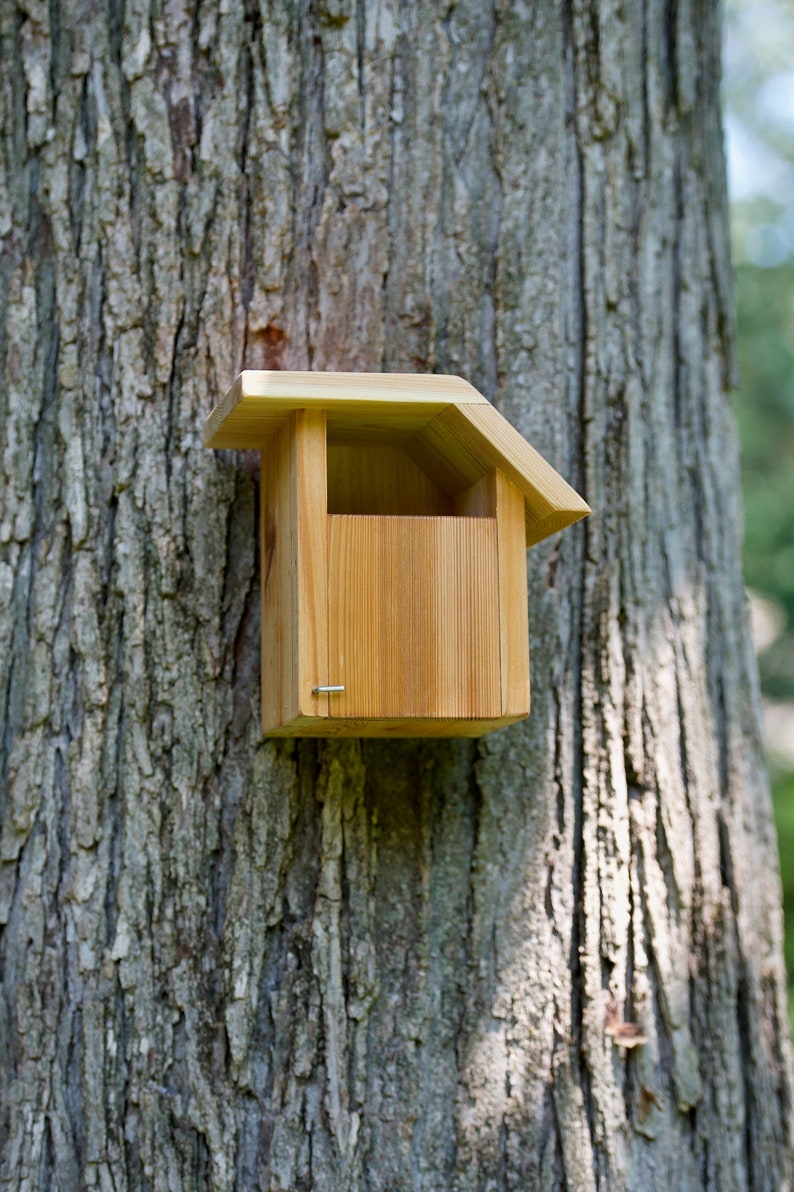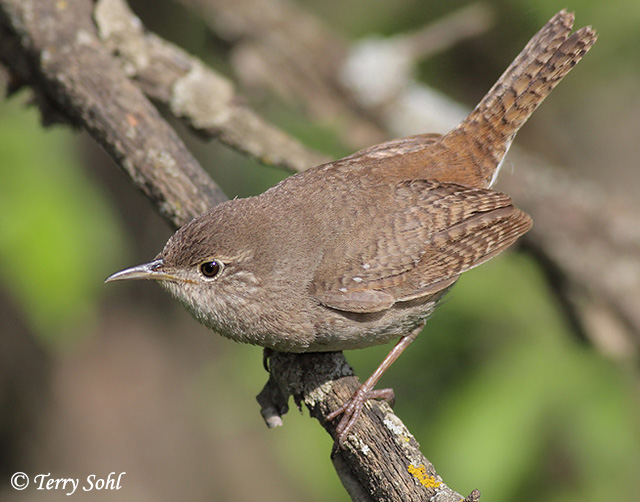Table Of Content

Any larger and house sparrows will take over and chase away or harm the wrens. Sedge Wrens breed in southern Canada, the Midwest, and sometimes further to the east of the US. They migrate and spend winter in southeastern states and northern Mexico, near the Gulf and Atlantic coast. Look for Winter Wrens hidden in tangled undergrowth in forests and backyards.
What wrens have you seen before in California?
Species is tolerant of humans and readily accepts nest boxes. Territorial House Wrens even attack the open-cup nests of species such as the Gray Catbird and American Robin. Larger birds readily chase House Wrens, which suggests that they recognize the threat the smaller birds pose. Learn how to identify and attract a Carolina wren and a Bewick’s wren. Plus, learn the differences between a house wren and a Carolina wren, and between wrens and sparrows. These little birds are primarily insectivores, and most of their diet consists of insects and invertebrates.
Bewick’s Wren Range Map
To ensure that a wren uses your birdhouse, it’s best to keep your distance. The best wren bird house has a hole small enough for a wren to enter and no other bird species, such as sparrows. It must be small enough to keep the eggs nice and warm, and the landing surface must be at least 4 inches below the entry hole.
Pen in Hand: House Wren: a small but fearless little songbird comes inside - Tehachapi News
Pen in Hand: House Wren: a small but fearless little songbird comes inside.
Posted: Mon, 11 Nov 2019 08:00:00 GMT [source]
Rock Wren Range Map
Bird houses with perches provide an easy entry for predators to gain to those little birds. Some wrens won’t even consider your bird house if it has an exterior perch. If you have other songbirds in the area, be mindful of incorporating bird houses for wrens, as they can attempt to take over the area. A wren bird house would be one of the most commonly used bird houses because this species loves to nest in an enclosed and sheltered space. House Wrens are cavity-nesting birds and will make use of man-made wren birdhouses. Pacific Wrens are most commonly found in coniferous forests, especially those with fir and spruce trees.
Outsized Song

There are a few accepted records of House Wrens in southeastern Washington in the winter, but they were living in heated stock sheds. This species is the most common wren in North America, present throughout most of the continent during summer. Look for these wrens foraging for insects in low tree branches, shrubs and brush piles in backyards, parks and open woods. The more places there are for insects to hide, the better the habitat is for house wrens. Consider putting up a nest box to attract a breeding pair. Attach a guard to keep predators from raiding eggs and young.
For wren and writer, home is where the birdhouse hangs - The Chesapeake Bay Journal
For wren and writer, home is where the birdhouse hangs.
Posted: Thu, 10 Oct 2019 07:00:00 GMT [source]
If you encounter one, you can expect to hear loud and complex songs. Once you know what to listen for, it’s easy to identify these birds before ever seeing them! And don’t worry, I have included a sample of the calls and sounds for each species below.
Rock Wrens are found in dry, rocky areas in western US states and southwest Canada. Those in the south and west remain all year, but those in central US states migrate south for winter. Marsh Wrens are brown with black and white streaks on their back.

They use a variety of habitats, as long as they have a dense shrub layer. Living a bird-friendly life can have an immediate impact on migratory birds in the United States. Doing so can be as easy as adding native plants to your garden, avoiding pesticides, and keeping cats indoors. Congress and federal agencies, such as the EPA and U.S.
Dark barring on the wings and tail contrast with the more uniform brown plumage elsewhere. Plumage color varies regionally from rusty in more humid regions to gray in desert regions. Birds from San Francisco Bay south to Monterey, California, have less rusty coloring than birds farther north.
They are members of the Troglodytidae family, along with over 80 different species of wrens. A "brown-throated" subspecies of the House Wren occurs in mountains of extreme southeastern Arizona. It has a distinct buffy eyebrow and cinnamon-buff throat and chest.
An unstoppable waterfall of notes spills from the throat of the tiny, indefatigable house wren, one of our most beloved backyard birds. What house wrens lack in appearance they make up for with their songs. In fact, it’s not uncommon for male house wrens to sing nine to 11 times per minute during breeding season. Wrens often nest close to people, so you’re likely to hear them this spring. Listen for their boisterous melodies during the summer season.
These little birds might be cute, but they do not do well in a household setting. These are wild birds, and they need plenty of space to fly and explore. Their foraging usually occurs in the shrubs and low bushes, as well as along the ground. This bird’s diet makes them attractive to families who want their yards kept free of insects. There are 32 recognised subspecies.[7] These are sometimes divided into three distinct groups and one or several distinct island-endemic subspecies.

No comments:
Post a Comment